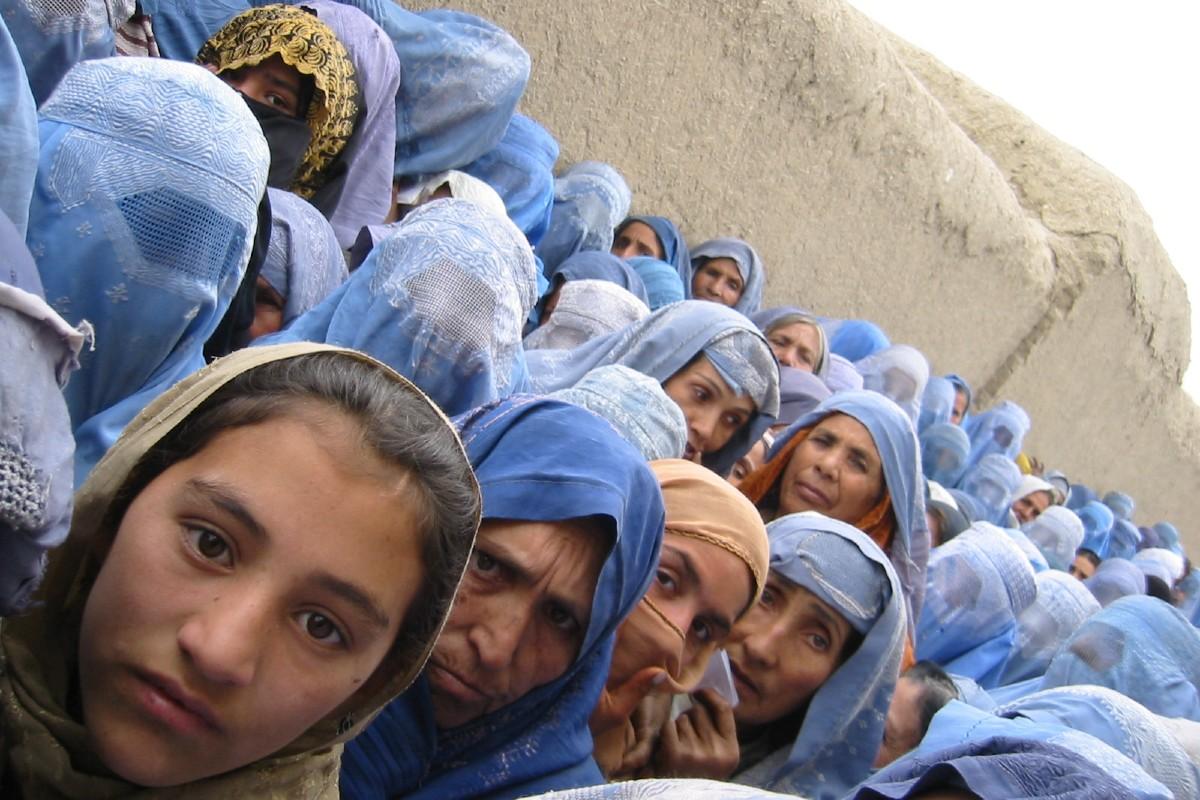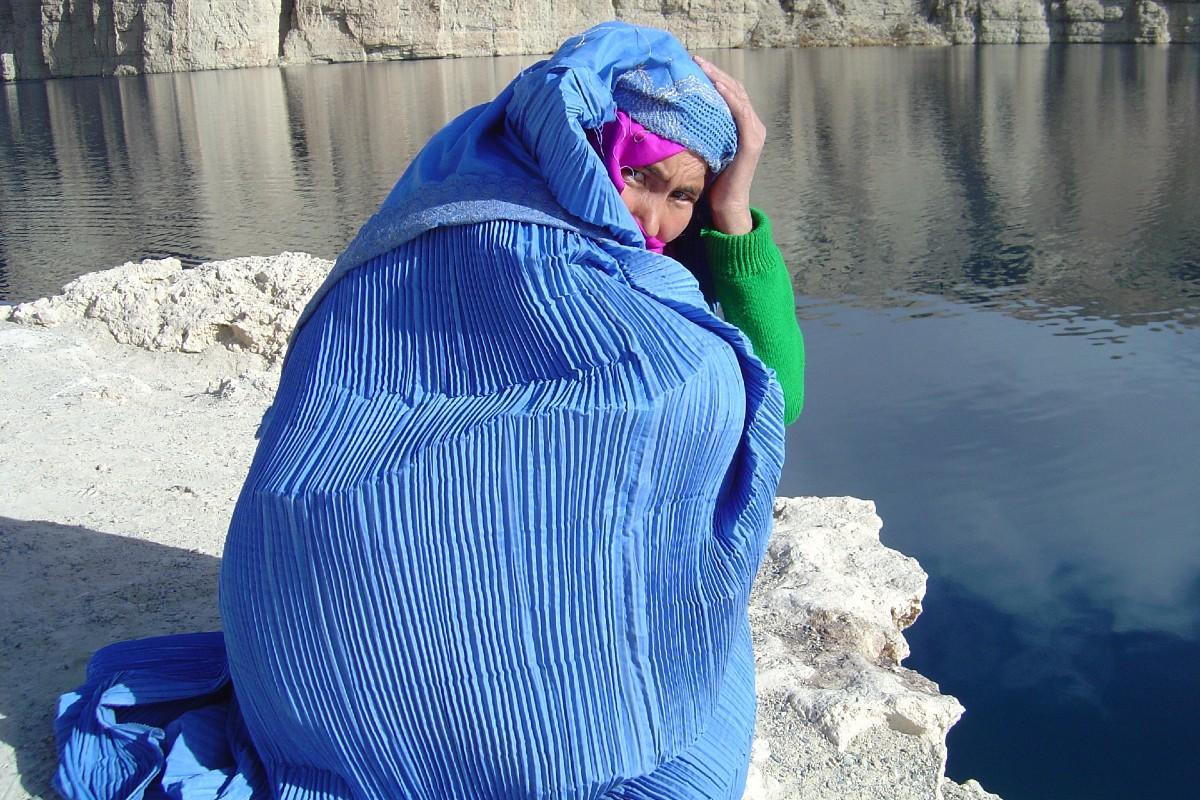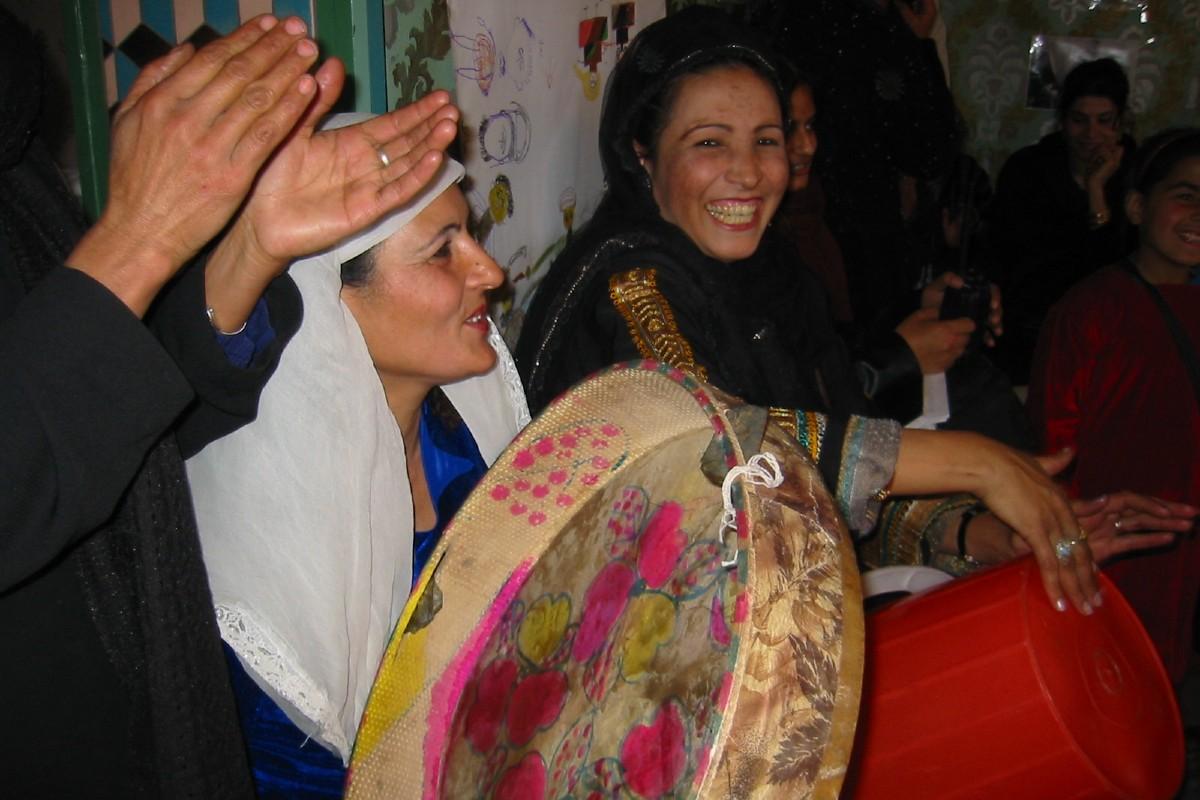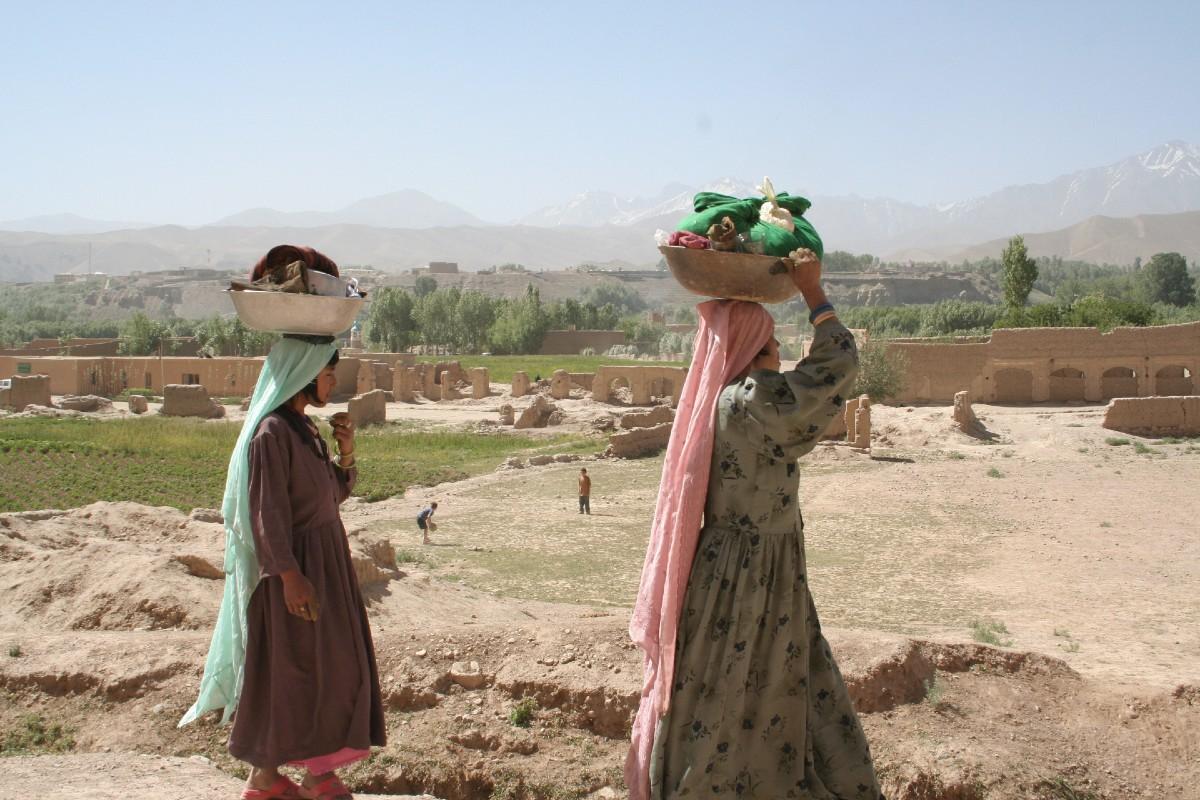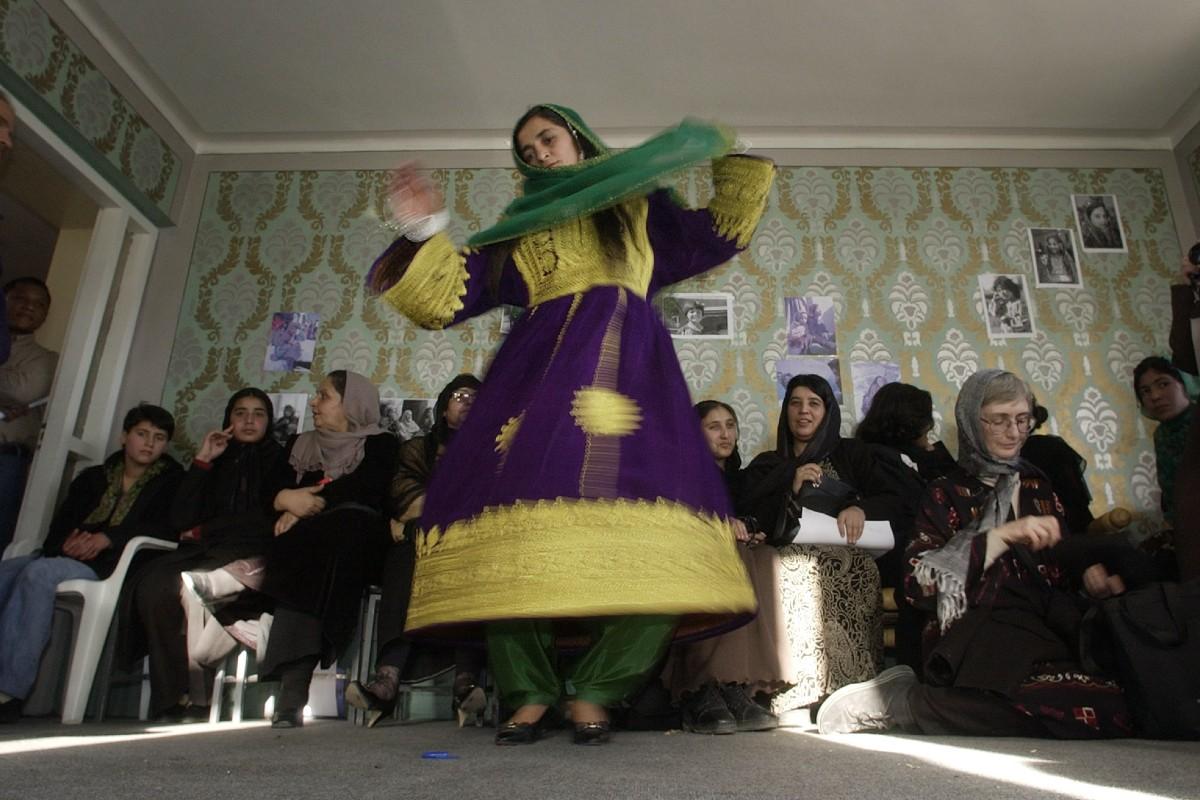Looking Beyond the Burqa: The Toll of ‘Imported Activism’ on Afghan Women
Dr. Lina Abirafeh addresses the urgent need to support indigenous feminist movements, reflects on the optimal form of funding modalities, and makes the case for listening to local women.
Ever since the Taliban first took over Afghanistan in 1996, and especially in the aftermath of 9/11, images of women in blue burqas came into focus in Western media, instantly becoming avatars for the movement calling to “liberate” Afghan women.
But was the garment truly the biggest issue for these women?
In the following interview, Executive Director of the Arab Institute for Women at LAU Lina Abirafeh delves into the rhetoric built around the burqa and the shortcomings in support for local feminist movements in Afghanistan. She also offers insights from her first book, Gender and International Aid in Afghanistan: The Politics and Effects of Intervention, and touches on her plans for a new one.
Dr. Abirafeh’s experience spans 20 years in emergency and humanitarian contexts, including work on gender rights in Afghanistan, Sierra Leone, Papua New Guinea, Haiti, Mali, Nigeria, Chad, Mauritania, Burkina Faso, Central African Republic, and the Democratic Republic of Congo.
What first led you to working on and in Afghanistan?
When the Taliban first took over Afghanistan in 1996, I was working in Washington, DC, on global women’s rights. We started seeing footage from women who had smuggled cameras under their burqas to capture abuses inflicted by the Taliban.
I was asked by my employer to shift my focus to Afghan women, and started getting involved with US-based activists, completely captivated by the story. I knew that I eventually wanted to move to Afghanistan but could not at the time because it was occupied by the Taliban.
Six months after 9/11, I moved there as a country director with Women for Women International, an NGO that supports women in conflict. Their modality is to send in one expat to set up programs from the ground-up, form partnerships and secure funding, all within a year, and then to hand over to local staff. So, my job, in a way, was to work myself out of a job.
I ended up staying for four years in the country, where I later worked with other NGOs and the United Nations (UN). During my time there, I also worked on my doctoral research, through the London School of Economics, eventually leaving Afghanistan in 2006.
But the country never really left me. It is one of the most captivating, challenging contexts that I have ever seen – even from the perspective of having worked in some of the toughest environments.
What was it about Afghanistan that felt different from your experience in other countries?
Afghan women are incredibly strong and articulate but have been quite clearly misrepresented as downtrodden and weak. They have always had an indigenous feminist movement, but we on the outside did not sufficiently listen to or support their ongoing efforts. Instead we sidelined women at the expense of a military operation designated as a “nation-building project,” when the strongest way to build a nation is to support its women.
What we missed was an opportunity to truly support women in ways that were meaningful for them, to amplify their own movements, rather than assume that they needed “saving.” I have worked all around the world and, while this is not uncommon, in Afghanistan the indigenous feminist movement was practically hijacked.
One example is the rhetoric around the burqa: the idea that it was the main impediment for Afghan women. Though the fact that it was enforced by the Taliban is problematic, it is far from being their biggest problem – it had always existed. That assumption is proof that people never actually asked the women themselves how they viewed the garment nor what its nuance was. In fact, the burqa had also been used as a subversive feminist tool – women smuggled cameras under the burqa to film Taliban abuses and expose them to the world.
Have you seen this lack of support for local movements in other countries?
When we come in from abroad and find these small organizations in local communities, typically comprised of a few people working on a small scale, we assume that they do not have the capacity to implement programs or absorb funding. These, however, are the ones who have been doing the work all along, and who will be there long after we leave. They are embedded in the sociocultural context, and they are the ones who know exactly what they need to get the job done.
I have seen it happen in every country I have worked in. I have spent most of my career with the UN, where localization – supporting the local groups – is a dominant imperative, but the funding remains in small amounts, of short duration, highly restricted, and not sustainable.
What should be given attention to when funding local organizations?
Firstly, funding must be channeled to local organizations. They are the ones who understand the needs best. When funding is provided for local organizations, it must be driven by local women’s needs on the ground, not by donor requirements or agendas.
Funding must be long-term and unrestricted. This is the only way a local organization can survive – if it is able to cover its operational costs, hire long-term staff, create a vision and establish a long-term plan.
Donors need to exercise caution when offering small amounts of money for targeted projects, as this risks to inadvertently undermine the feminist movement because local organizations are forced to compete against each other for these small pots of funding.
We need to think of the big picture: these are the organizations who have been doing the work long before others arrived, and they will continue long after external support is gone.
What are more optimal aid modalities?
The answer is in changing the way we view and understand local women and their indigenous movements. Donors should not act according to their own perceptions, agendas, and analyses, but according to what women in the country say that they need.
Women are their communities’ social safety nets. They know who needs help, what kind of help they need, how to help them, and how to rebuild communities and countries. When you give money to women, that money is shared in a way that reflects what society needs, organically.
I have seen plenty of good examples, but they are too small, too few and too far between.
For one, the organization I helped set up in Afghanistan still exists – at least it did as of August 14, 2021, prior to this recent takeover of the Taliban. The point is that it survived, having turned into an organization that is fully run by Afghan women, and in service of Afghan women.
Has the current situation in Afghanistan prompted you to revisit your book?
Initially, my publisher asked me to write an update, but it will have to be a new book, because I now have a long-term view of the story.
The first book is extensive and offers a lot of baseline data as it was a spin-off from my doctoral thesis. Because I was working in the country, I was able to conduct research for four years – much longer than a typical doctoral researcher. I pursued the degree because I wanted to reflect critically on the work that I was doing, to better understand a very complex humanitarian crisis, and not because I planned on a career in academia.
I believe it is important to make this story accessible and understandable for people who want to know what happened over the course of 20 years of intervention.
Back in 2003, I asked an Afghan man for his perspective on women’s liberation, and he said to me: “The world thought they could bring freedom to Afghan women, but freedom can only be won from the inside.”
If it is going to be won on a large scale, it will have to happen from the inside. Nobody is going to accept anything that is imported and imposed. And nowhere is that more true than in Afghanistan.
This interview has been edited and condensed for the sake of clarity.
Learn more by watching two recent media appearances by Dr. Abirafeh on CNN Greece and ABC News.
